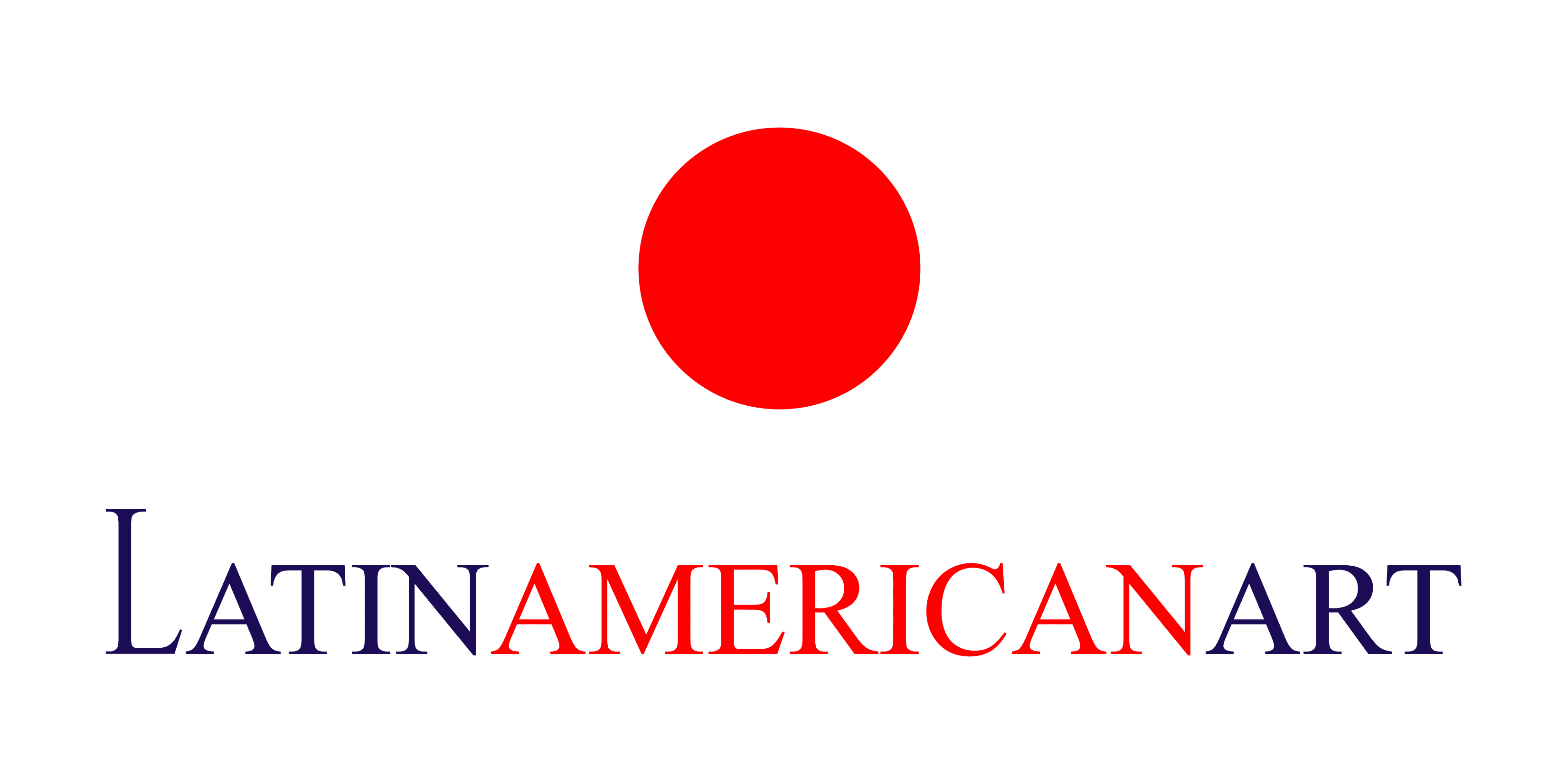Delve into the captivating realm of abstract art, where forms, colors, and emotions intertwine to create a unique visual language. Abstract art is a departure from representational art, focusing on the exploration of ideas, emotions, and aesthetics through non-representational forms. In this article, we will embark on a journey through the enigmatic world of abstract art, exploring its origins, key characteristics, and the impact it has had on the art world.
- Origins of Abstract Art:
Trace the roots of abstract art back to the early 20th century, when artists such as Wassily Kandinsky and Kazimir Malevich pioneered new ways of artistic expression. Discover how they broke away from the constraints of traditional representation, seeking to evoke emotions and convey ideas through pure abstraction. - Key Characteristics of Abstract Art:
Explore the fundamental characteristics that define abstract art. From the use of non-representational forms and shapes to the emphasis on color, texture, and composition, abstract art invites viewers to engage with the artwork on an emotional and subjective level. We will delve into the various techniques and approaches used by abstract artists to create visually compelling and thought-provoking pieces. - Abstract Expressionism:
Examine the influential movement of Abstract Expressionism, which emerged in the mid-20th century. Discuss how artists like Jackson Pollock and Mark Rothko embraced spontaneous gestures and emotional intensity, using abstraction as a means of personal expression and as a reflection of the human condition. - The Impact of Abstract Art:
Reflect on the profound impact of abstract art on the art world and beyond. Discuss how abstract art has challenged traditional notions of beauty, representation, and meaning, pushing the boundaries of artistic expression. Explore its influence on other art forms, such as design, architecture, and even popular culture. - Interpreting Abstract Art:
Engage in the fascinating process of interpreting abstract art. Unlike representational art, abstract art leaves room for individual interpretation and personal experiences. We will explore different approaches to understanding and appreciating abstract artworks, encouraging viewers to trust their instincts and embrace the freedom of interpretation that abstract art offers.

